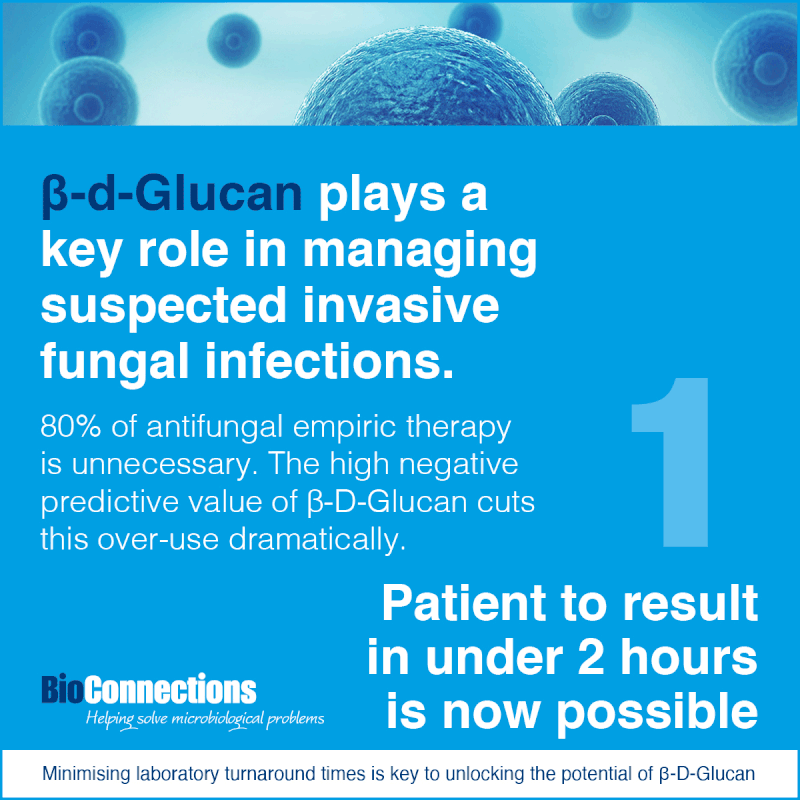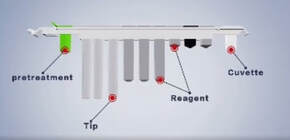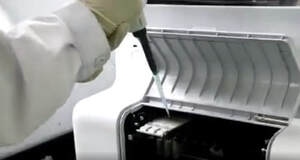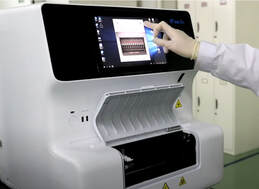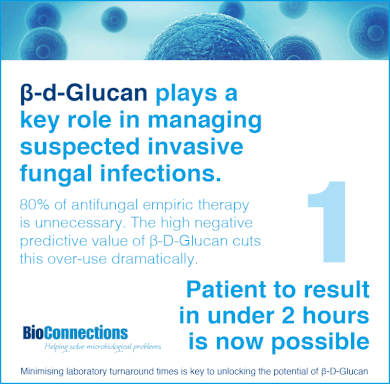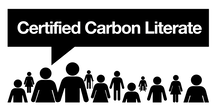Reducing the turn-around-time of β-D-Glucan/Galactomannan tests to hours not days has a significant impact on Empiric Fungal Therapy.
Bringing the required laboratory tests in-house requires minimal financial investment in relation to the financial savings from reduction of Empiric Therapy.
Bringing the required laboratory tests in-house requires minimal financial investment in relation to the financial savings from reduction of Empiric Therapy.
1 - 80% of antifungal empiric therapy is unnecessary. The high negative predictive value of β-D-Glucan cuts this over-use dramatically
Intravenous antifungal agents are commonly prescribed empirically for patients at risk of invasive fungal infections. Yet around 80% of empirically prescribed antifungal treatments are shown to be unnecessary with no evidence of Invasive Fungal Infection. The high negative predictive value of β-D-Glucan cuts this over-use dramatically.
If a laboratory refers β-D-Glucan samples to a third party turn-around times of 2-7 days are inevitable. It is now possible to bring testing in-house with turn-around times of patient-to-report of under two hours.
Repeat testing is also readily available and economic.
Minimising laboratory turnaround times is key to unlocking the potential of β-D-Glucan. Patient to result in under 2 hours is now possible.
If a laboratory refers β-D-Glucan samples to a third party turn-around times of 2-7 days are inevitable. It is now possible to bring testing in-house with turn-around times of patient-to-report of under two hours.
Repeat testing is also readily available and economic.
Minimising laboratory turnaround times is key to unlocking the potential of β-D-Glucan. Patient to result in under 2 hours is now possible.
2 - Discontinuation of antifungal therapy can be guided by quantitative β-D-Glucan testing
Our β-D-Glucan tests are quantitative, therapeutic responses among patients with proven or probable Invasive Fungal Infections can be monitored. The trending of β-D-Glucan values over time can be a useful prognostic marker for response to treatment. Serial BDG testing has the potential to significantly decrease patient cost.
Antifungals are both expensive and linked to toxicities. Fungal cells are more closely related to animal cells than bacterial cells and this is reflected in the difficulty of developing antifungals that are not toxic to humans.
Minimising exposure to antifungal treatment reduces the possibility of adverse effects.
Resistance to antifungals can develop when fungi are exposed to antifungal drugs. Unnecessary empiric therapy, unnecessary prolonging of treatment and poorly managed treatment (when dosages are too low, or when treatment courses are not long enough) all contribute to the increase in antifungal resistance.
Minimising laboratory turnaround times is key to unlocking the potential of β-D-Glucan to guide antifungal therapy. Patient to result in under 2 hours is now possible.
3 - β-D-Glucan is a key component of detecting invasive fungal infection
β-D-Glucan is a cell wall component of Candida, Pneumocystis, Aspergillus and most other fungi. The presence of increased levels of β-D-Glucan indicate a high possibility of systemic infection by fungi including Candida, Aspergillus and Pneumocystis.
Whilst the β-D-Glucan test has high negative predictive value (90%+) the positive predictive value is significantly lower although this increases to a more satisfactory level when used in combination with many other biomarkers including Galactomannan, Candida Mannan, Aspergillus and Candida antibodies, Cryptococcal Capsular, Procalcitonin, CPR or a PCR assay - all of which are available from ERA Biology.
This test does not detect certain fungal species such as Cryptococcus or the zygomycetes, such as Absidia, Mucor, and Rhizopus, which are not known to produce (1,3)-beta-D-glucan. A Cryptococcal test is available in the same format as our β-D-Glucan test and we have a Mucor PCR in our range.
Minimising laboratory turnaround times is key to unlocking the potential of β-D-Glucan. The FACIS system offers a 60 minute test platform for β-D-Glucan, Galactomannan, etc Patient to result in under 2 hours is now possible.
Whilst the β-D-Glucan test has high negative predictive value (90%+) the positive predictive value is significantly lower although this increases to a more satisfactory level when used in combination with many other biomarkers including Galactomannan, Candida Mannan, Aspergillus and Candida antibodies, Cryptococcal Capsular, Procalcitonin, CPR or a PCR assay - all of which are available from ERA Biology.
This test does not detect certain fungal species such as Cryptococcus or the zygomycetes, such as Absidia, Mucor, and Rhizopus, which are not known to produce (1,3)-beta-D-glucan. A Cryptococcal test is available in the same format as our β-D-Glucan test and we have a Mucor PCR in our range.
Minimising laboratory turnaround times is key to unlocking the potential of β-D-Glucan. The FACIS system offers a 60 minute test platform for β-D-Glucan, Galactomannan, etc Patient to result in under 2 hours is now possible.
FACIS - Inoculate the sample into the pretreatment section then press start.
Results in 40 minutes
Results in 40 minutes
